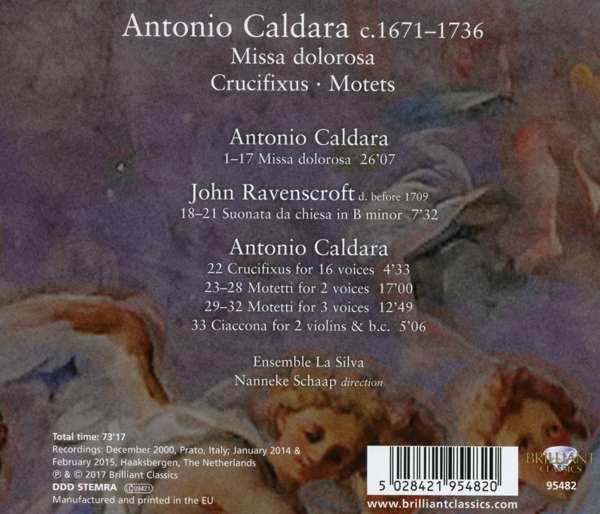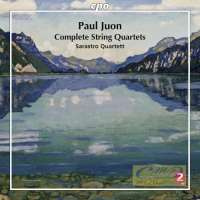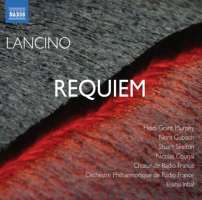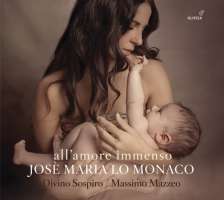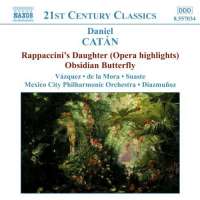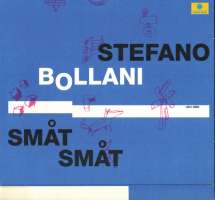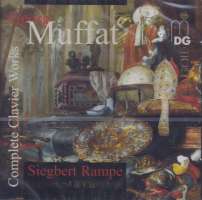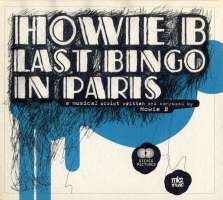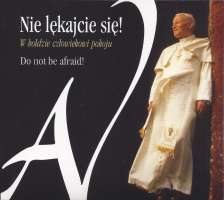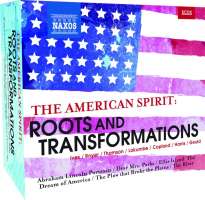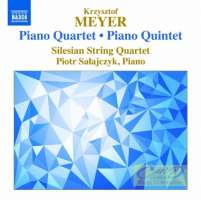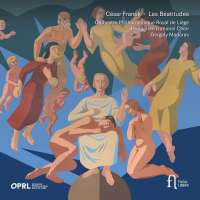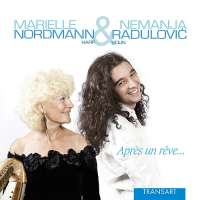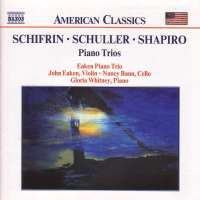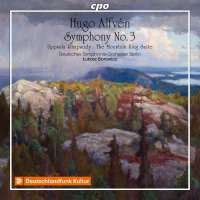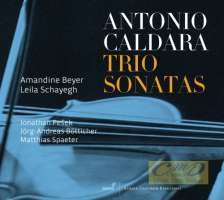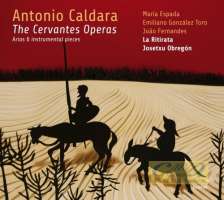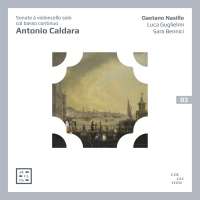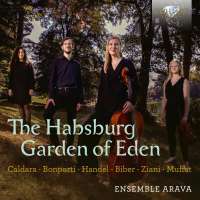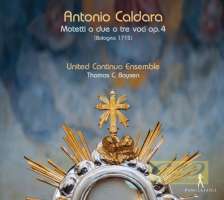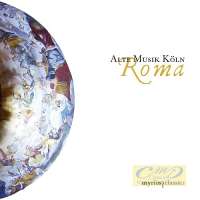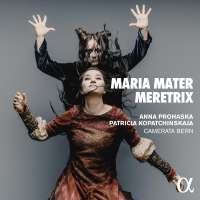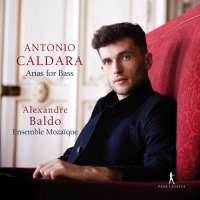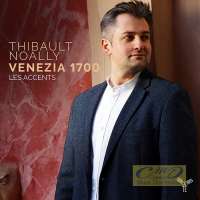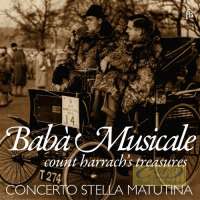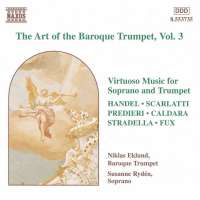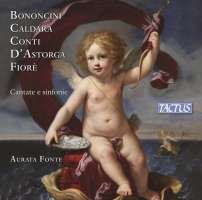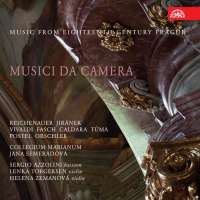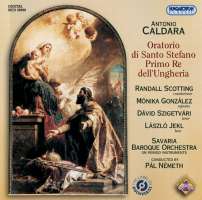
kompozytor
Caldara, Antonio
tytuł
Caldara: Missa dolorosa
wykonawcy
Ensemble La Silva;
Schaap, Nanneke
Schaap, Nanneke
nr katalogowy
95482
opis
Antonio Caldara's magnificent Missa dolorosa was among his last settings of the mass. First heard on the feast day of the Seven Sorrows of the Virgin Mary, a week before Easter, the piece is characteristic of Caldara's seemingly effortless capacity for counterpoint writing. Written for the Habsburg emperor Charles VI, whose predilection for contrapuntal textures was well known, Caldara manages to weave emotional power into the music, using dramatic harmonies to underline the anguish in the text. Caldara's motets are also based on religious themes, using quotations from the Bible, plus psalms and well known prayers. The ten motets vary considerably in length, with some compact and others expansive; nevertheless, like the mass, they are all characterised by Caldara's expert contrapuntal writing. The English composer John Ravenscroft, who was based in Italy for most of his life, probably never met Caldara; however, their names were entangled when Ravenscroft's music was mistakenly published under Caldara's name in the 20th century. The addition of his dramatic Sonata – also an exercise in first-class fugal writing – is a tribute to an influence in common, as both men were likely pupils of Corelli.
nośnik
CD
gatunek
Muzyka klasyczna
producent
Brilliant Classics
data wydania
13-11-2019
EAN / kod kreskowy
5028421954820

(Produkt nie został jeszcze oceniony)
cena 55,00 zł
lubProdukt na zamówienie
Wysyłka ustalana indywidualnie.
Darmowa wysyłka dla zamówień powyżej 300 zł!
Darmowy kurier dla zamówień powyżej 500 zł!
sprawdź koszty wysyłki